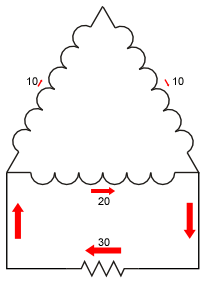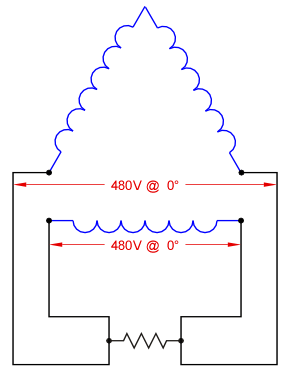So you're saying a 3? generator cannot power a single phase load...???
More specifically a 120/240V 3? 4-W 130kW-rated generator cannot power a 40kVA (giving a benefit of a doubt) 240V 1? load.
Unless it is designed for that: sometimes a three phase generator is configured to work as a single phase generator by a manufacturer.


